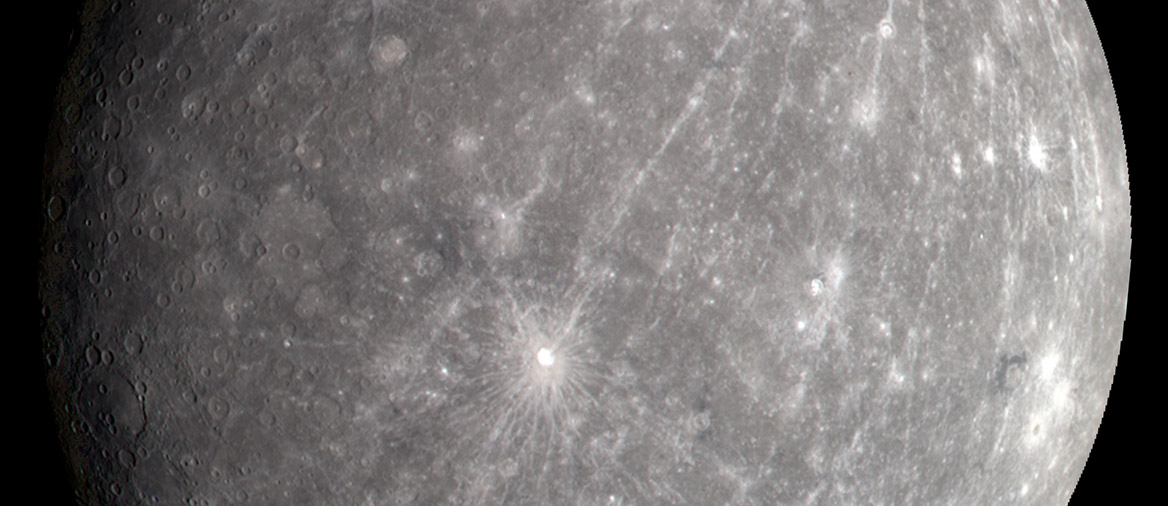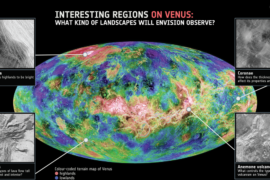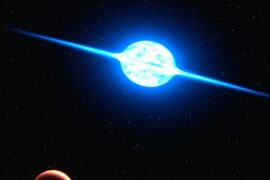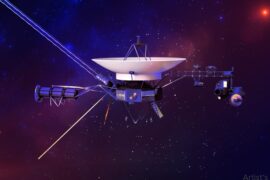Mercury is the closest planet to the Sun. Astronomers believe it was formed around the same time as the Earth and they were both made more or less out of similar materials at the beginning.
Just like Earth, Mercury is also a terrestrial planet. This means it has a rocky core and a solid surface unlike the outer planets of the Solar system which are mostly made out of gas.
Both planets share a common origin and many characteristics. But at the same time, they are very different from each other. Mercury isn’t even close to being habitable or being able to support life, for example.
The following comparison will clear up everything you need to know about the differences and similarities between Mercury and Earth.
Mercury vs Earth comparison
| Earth | Mercury | |
|---|---|---|
| Position in the Solar system | 3 | 1 |
| Distance from the Sun (avg) | 150 million km | 58 million km |
| Radius | 6371 km | 2,440 km |
| Mass | 5.97237×1024 kg | 3.3×1023 kg |
| Rotation period (1 day) | 24 h (approx) | 59 days |
| Orbit period (1 year) | 365 days (approx) | 87.9 days |
| Orbital speed | 29.78 km/s | 47.36 km/s |
| Surface temperature (avg) | 14 °C | 164 °C |
| Surface pressure | 101.325 kPa | almost zero (< 0.5 nPa) |
| Surface gravity | 9.8 m/s2 | 3.7 m/s2 |
| Density | 5.52 g/cm3 | 5.43 g/cm3 |
| Escape Velocity | 11.18 km/s | 4.25 km/s |
| Albedo | 0.367 | 0.088 |
| Satellites (Moons) | 1 | 0 |
| Core | rock | rock |
| Atmosphere | 78% N, 21% O | 42% O, 29% Na, 22% H, 6% He |
From the table above, and other data, we can come up with the following conclusions.
Mercury vs Earth size comparison
The following scaled image shows the size difference between Earth and Mercury. The Moon has also been added to note that Mercury is closer to its size than to Earth’s.

Mercury and Earth similarities
- Mercury and Earth orbit around the same star, the Sun.
- Both planets formed around the same time, approximately 4.5 billion years ago.
- Both planets have similar materials in their core. These are silicate minerals, iron, and other metals.
- Venus and Earth have a solid, rocky surface. This is why they are both called “terrestrial planets” along with Venus and Mars.
- They both have similar densities as a result of the similar material composition. In fact, they are the two densest planets in the Solar system.
- Both planets support atmospheres.
- Both planets have global magnetic fields.
- Mercury has geomagnetic storms, just like Earth. These are the events that produce the northern lights or aurora borealis.
- Mercury has inner cracks called “faults”, which suggests that it had active volcanoes at some point like our planet.
- Even though Venus is between Earth and Mercury, when the orbits of the 3 planets are averaged, Mercury spends more time being closer to Earth than Venus.
Mercury and Earth differences
- Earth is almost 3 times bigger than Mercury.
- Mercury is no longer geologically active. Earth has plenty of activity (movement of tectonic plates, volcanoes, etc). Although it is likely Mercury was active billions of years ago.
- Mercury’s atmosphere is extremely thin compared to Earth’s. It’s almost non-existent.
- Earth’s magnetic field is almost 99 times stronger than Mercury’s.
- Temperatures on Mercury are more extreme. This is because of its slow rotational period. One side is constantly being hit by sunlight while the other is very cold and dark.
- Earth can support liquid water. Mercury cannot. It might have small quantities of ice but it hasn’t been confirmed.
- Mercury’s core is big compared to Earth’s and other planets. It occupies 42% of the planet while Earth’s only accounts for 17% of its mass.
- The surface of Mercury is very thin compared to Earth’s. One theory says the rest of its surface might have been destroyed by an asteroid impact in the early days of the planet.
- Earth has continents. Mercury doesn’t.
- Speaking of craters, Mercury’s surface is full of them. Its atmosphere is too thin to protect the planet so it is full of impacts. In that sense, it is much more similar to the Moon.
- Mercury’s orbit is more eccentric (more widely elliptical). In fact, it is the most eccentric out of all the planets in the Solar system.
- When seen from space, Earth has many colors, like blue, green, brown, and white. Mercury is mostly grey.
- Mercury travels its orbit almost twice as fast as Earth.
- Mercury is in many ways more similar to the Moon than to Earth.
Summary
- Mercury and Earth are similar in composition, density, and age.
- The atmospheres and magnetic fields of Mercury are too thin compared to Earth’s. As a result, Mercury is inhabitable and most likely can’t support life.
- A lot of the differences between the planets are due to Mercury being so close to the Sun.
Enjoyed this article?
Get daily 10-minute PDFs about astronomy to read before bed!
Sign up for our upcoming micro-learning service where you will learn something new about space and beyond every day while winding down.







